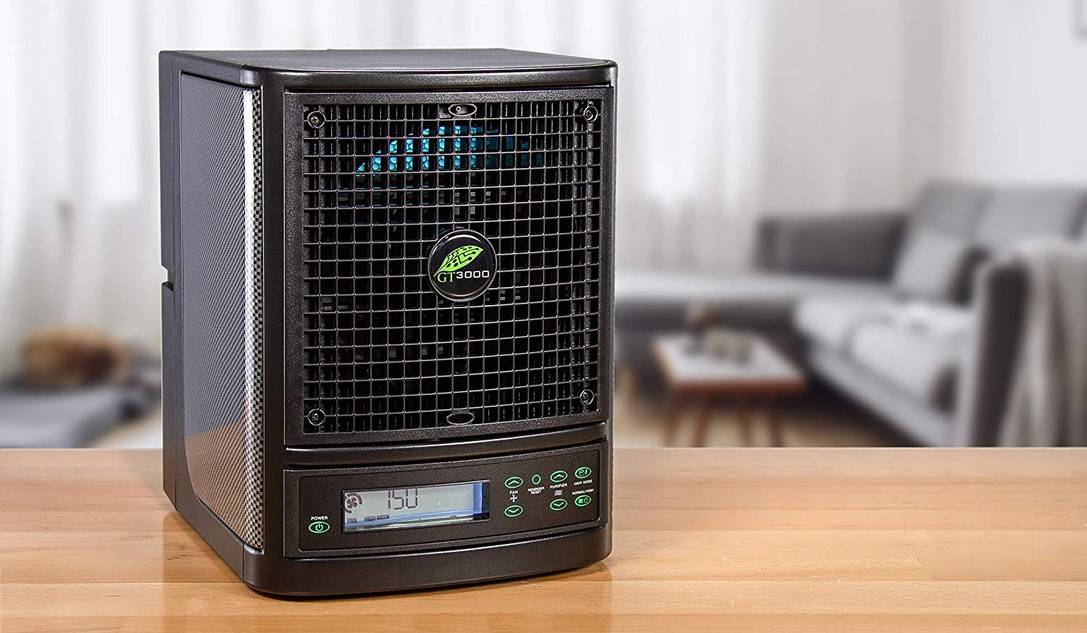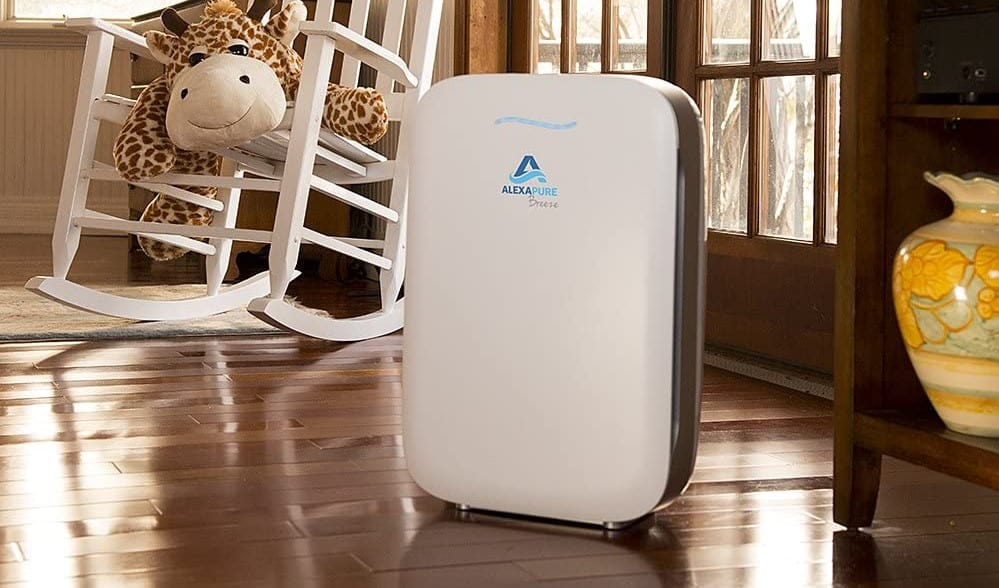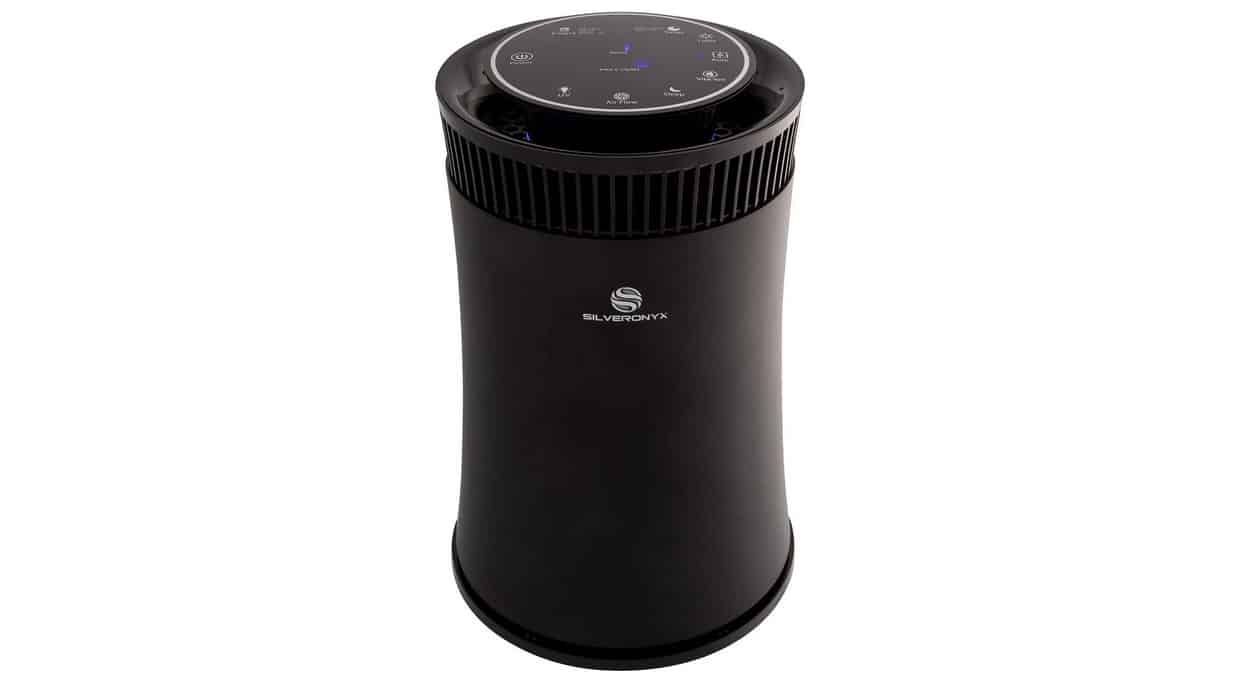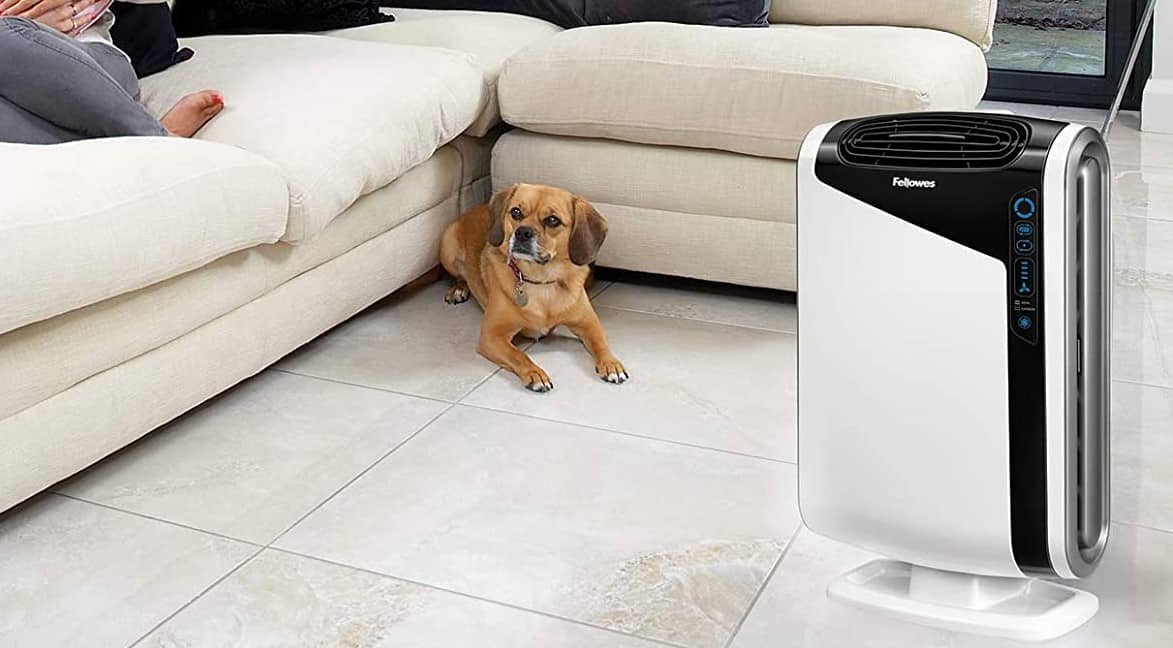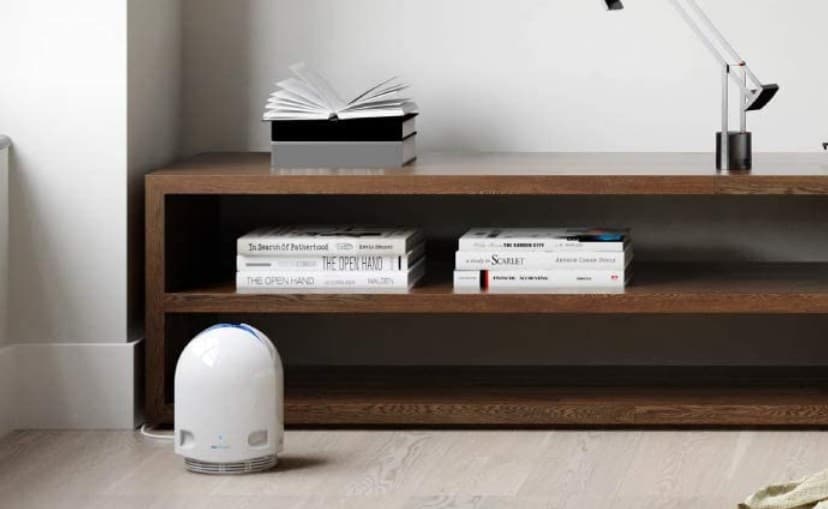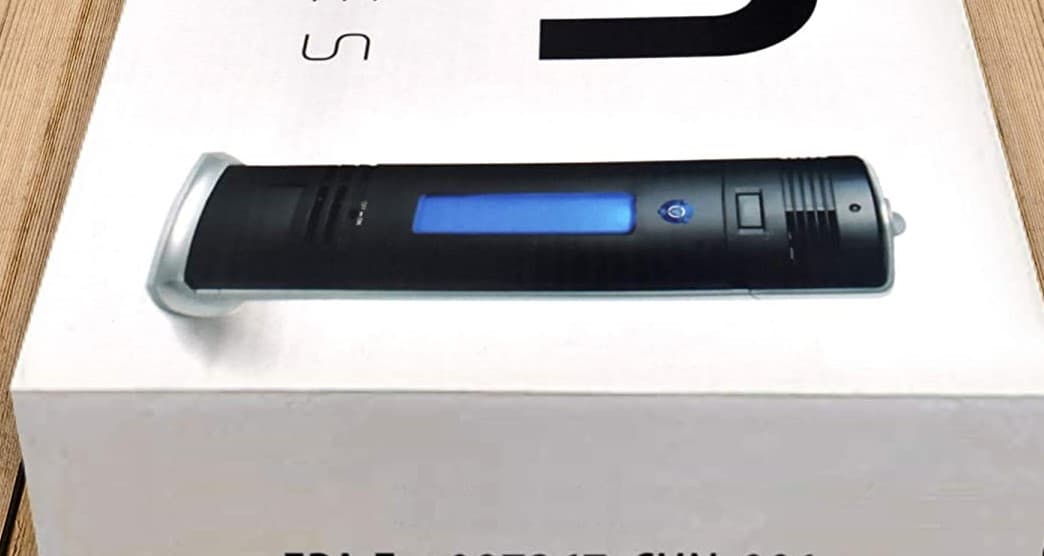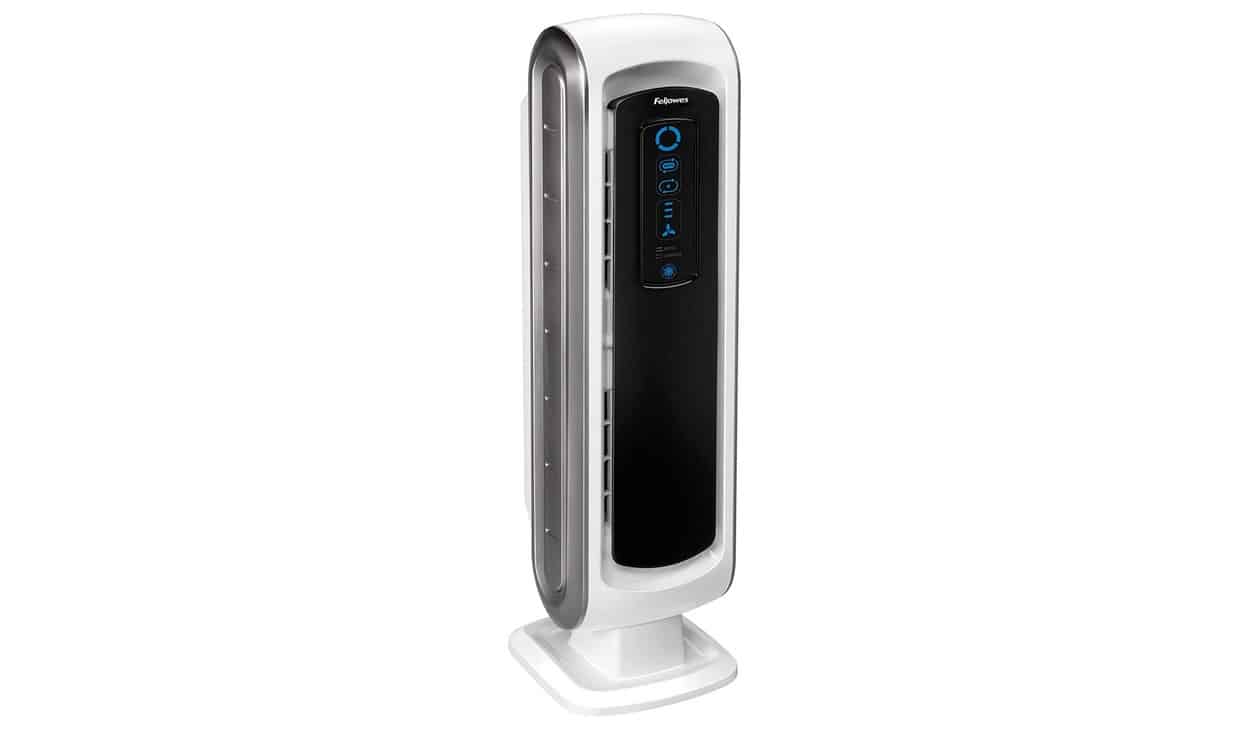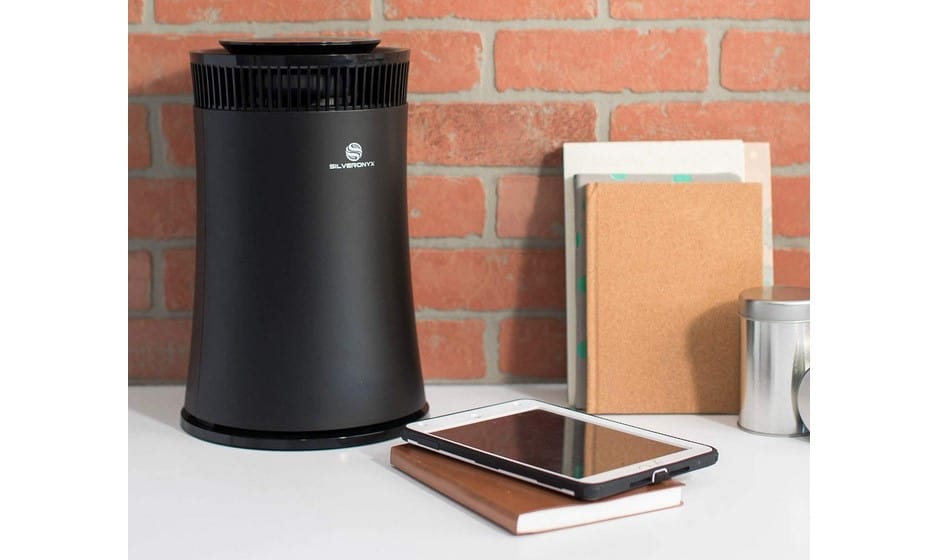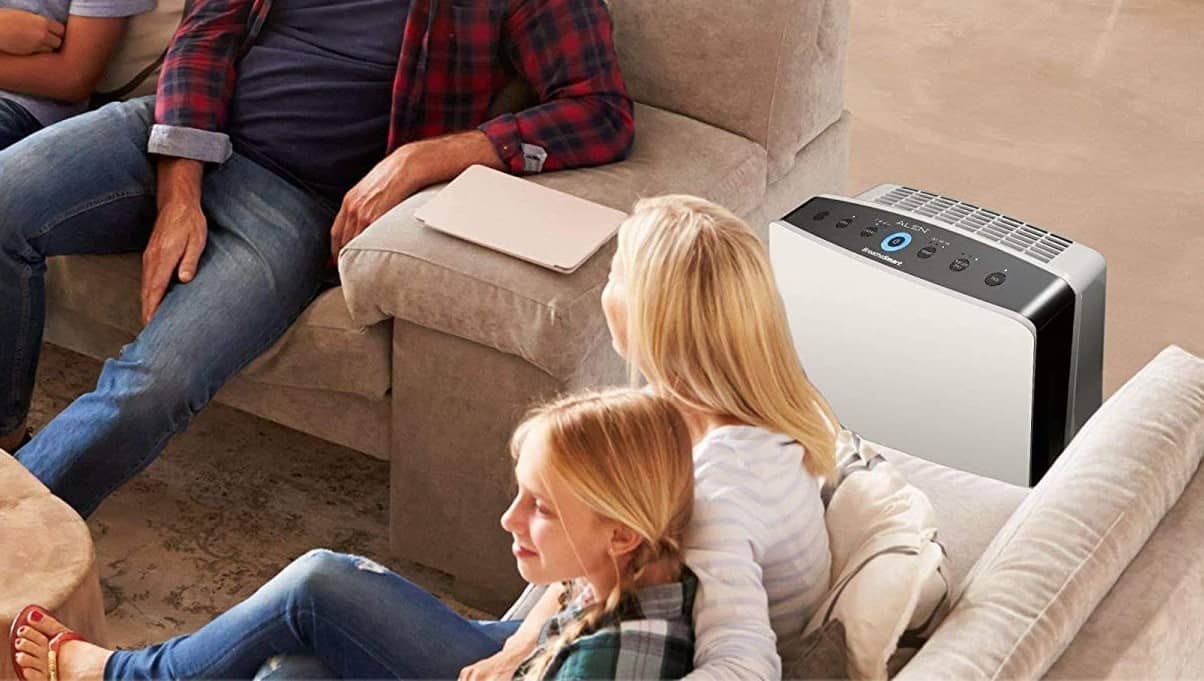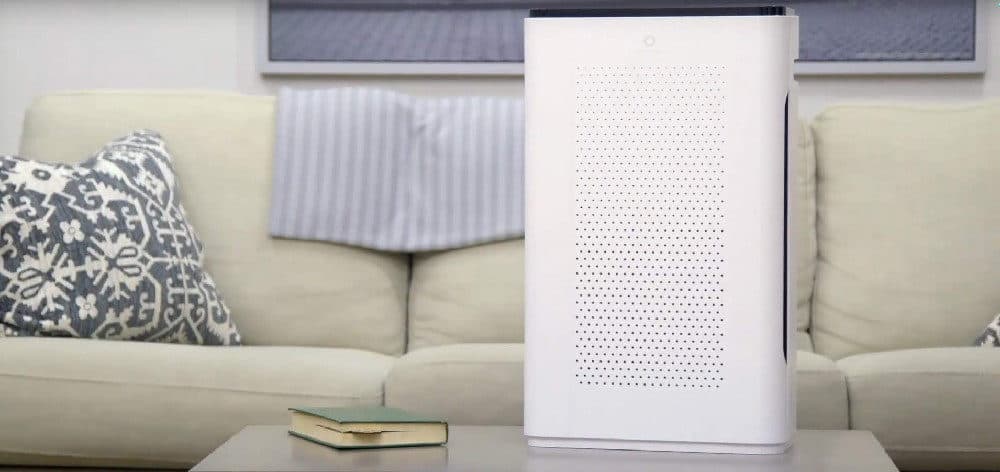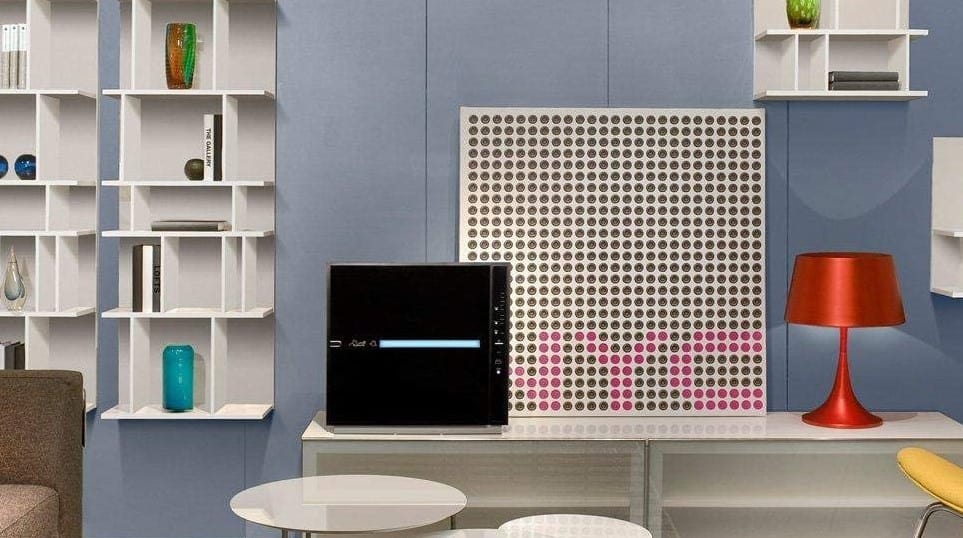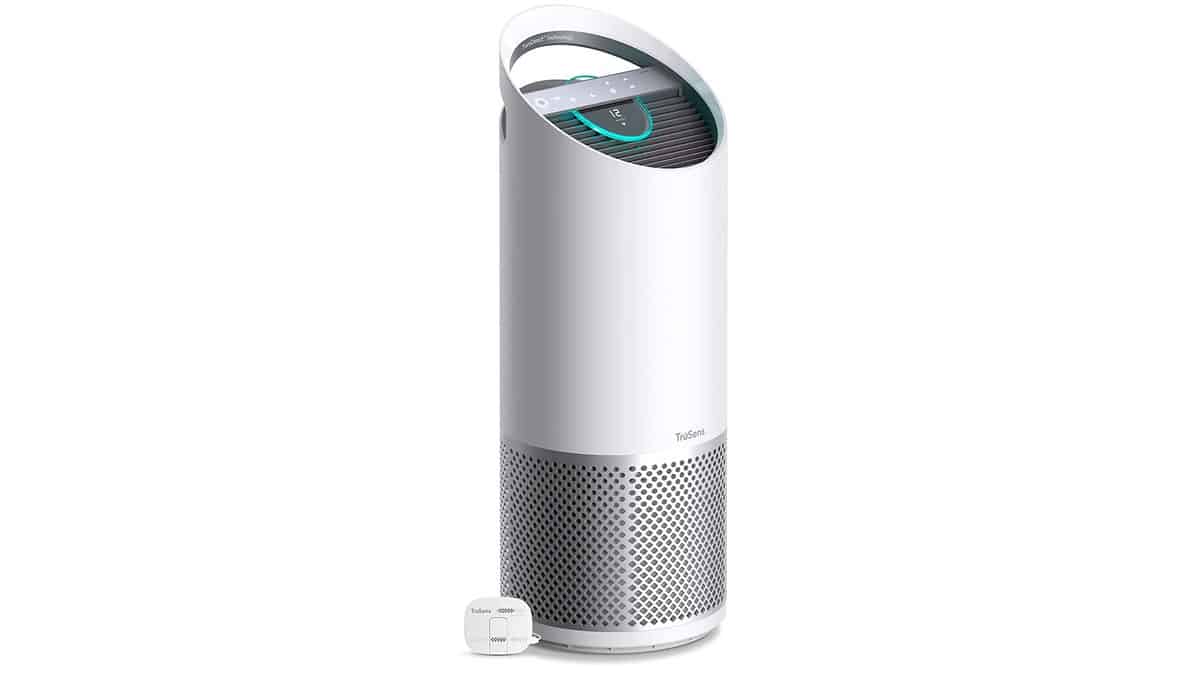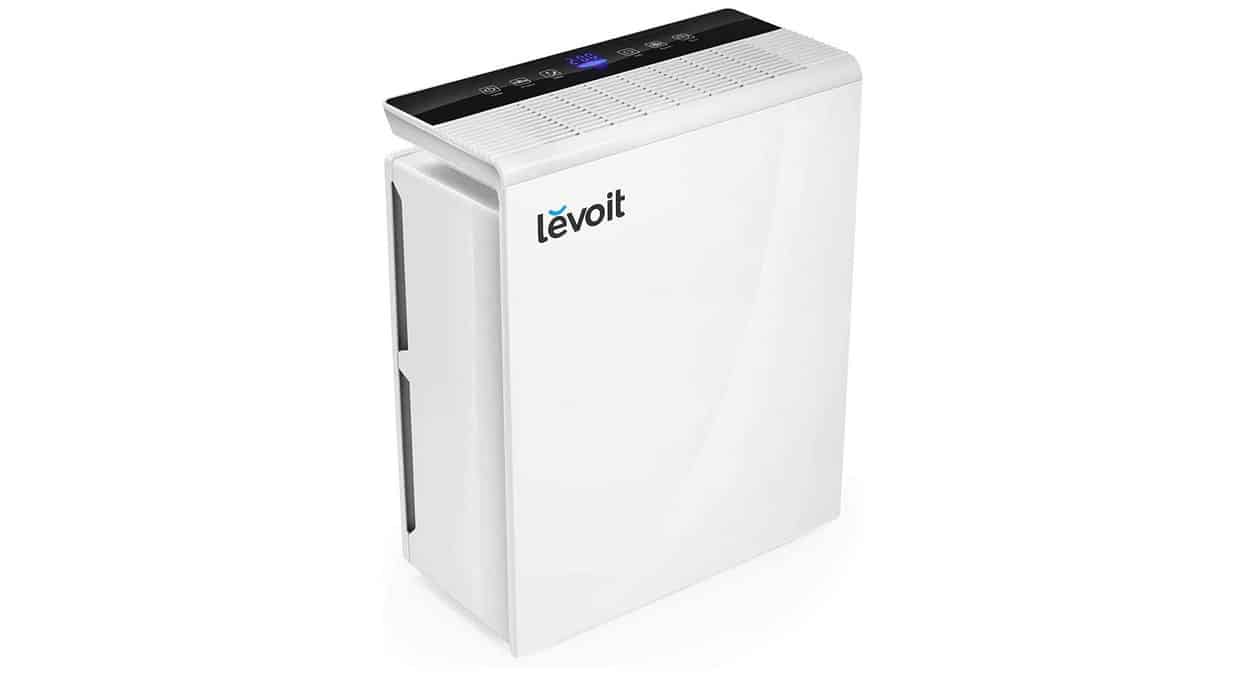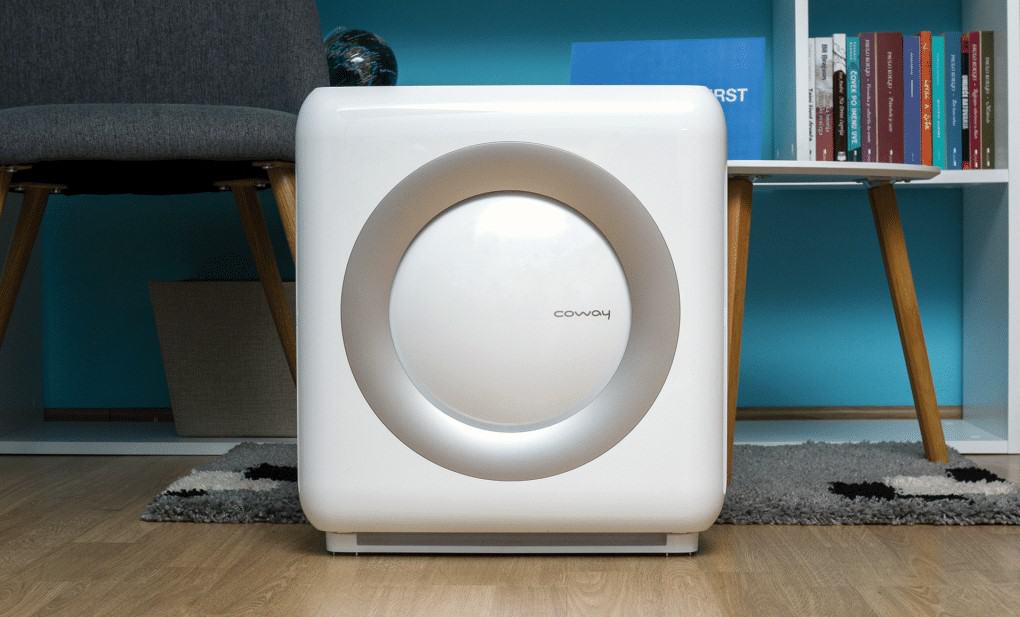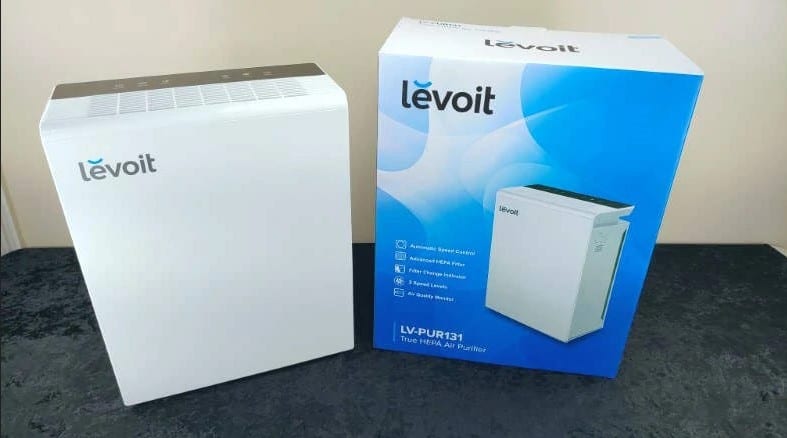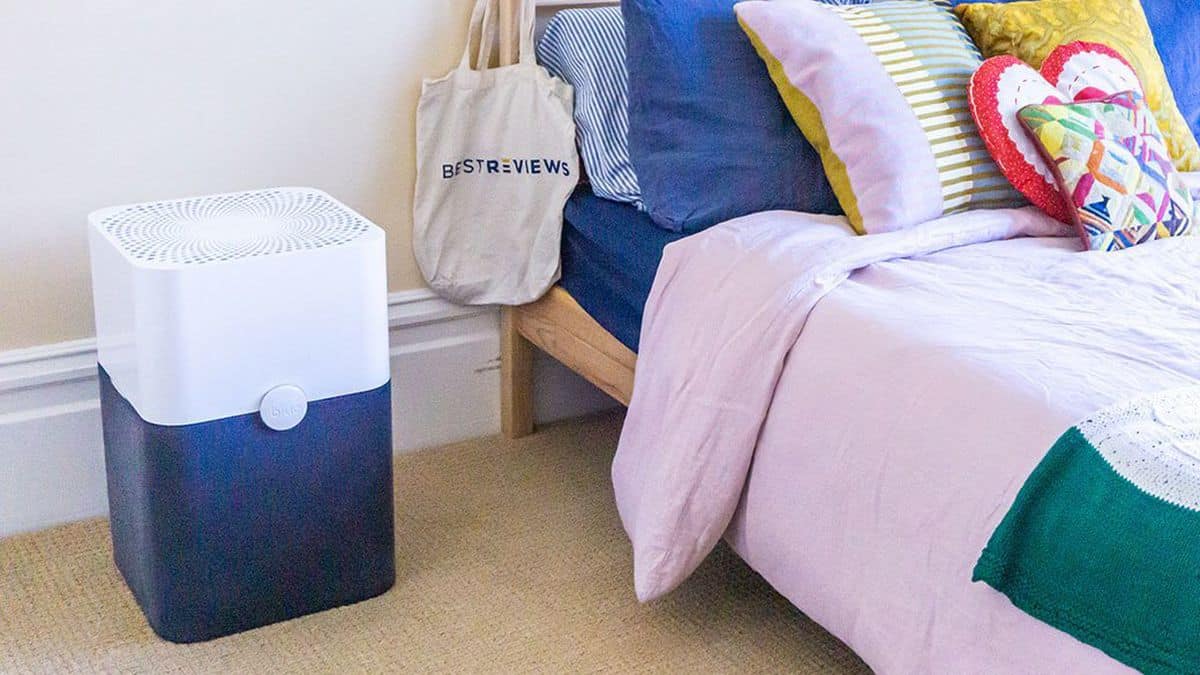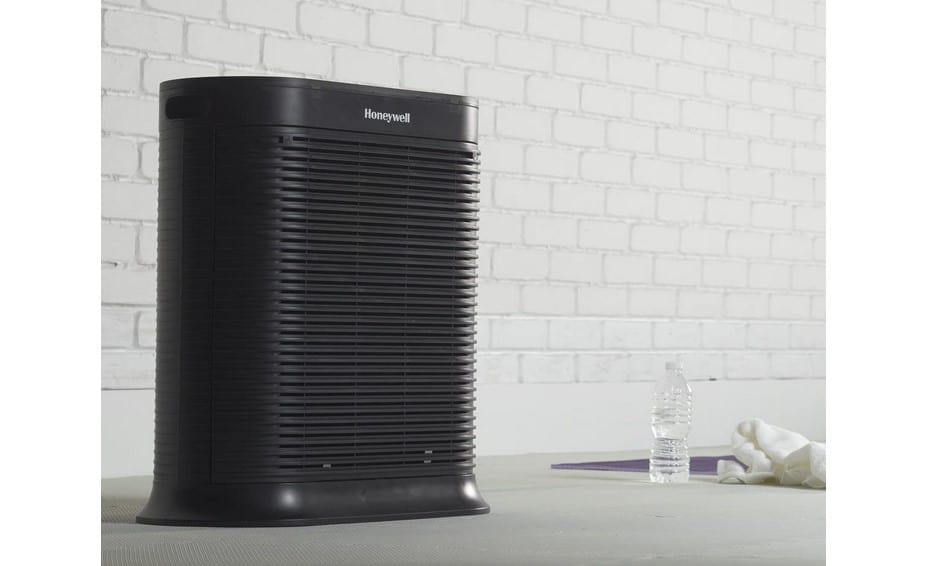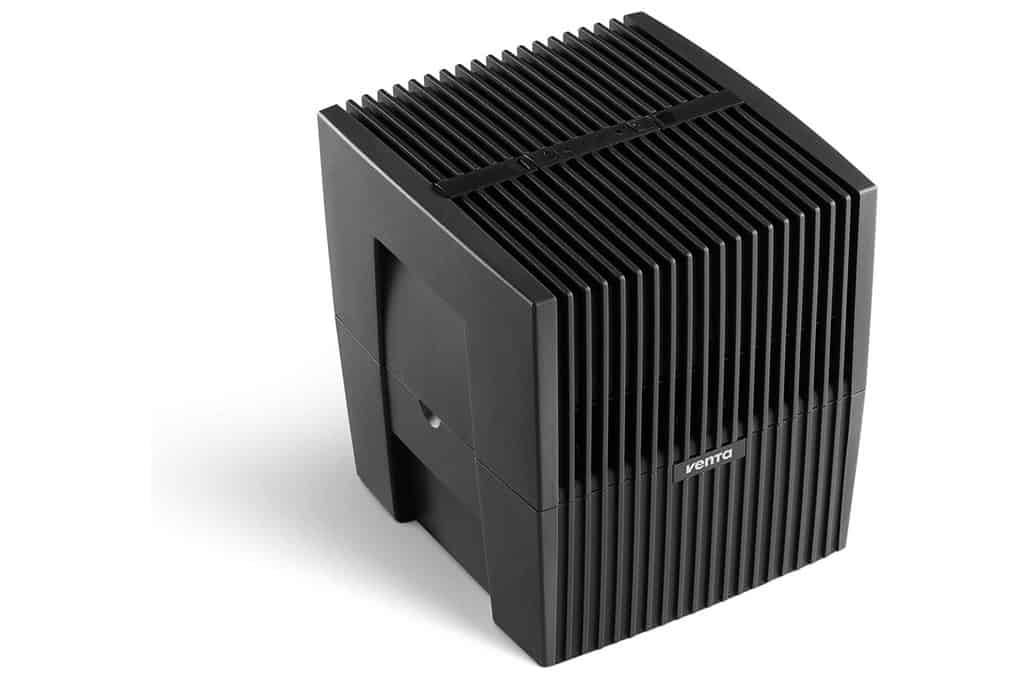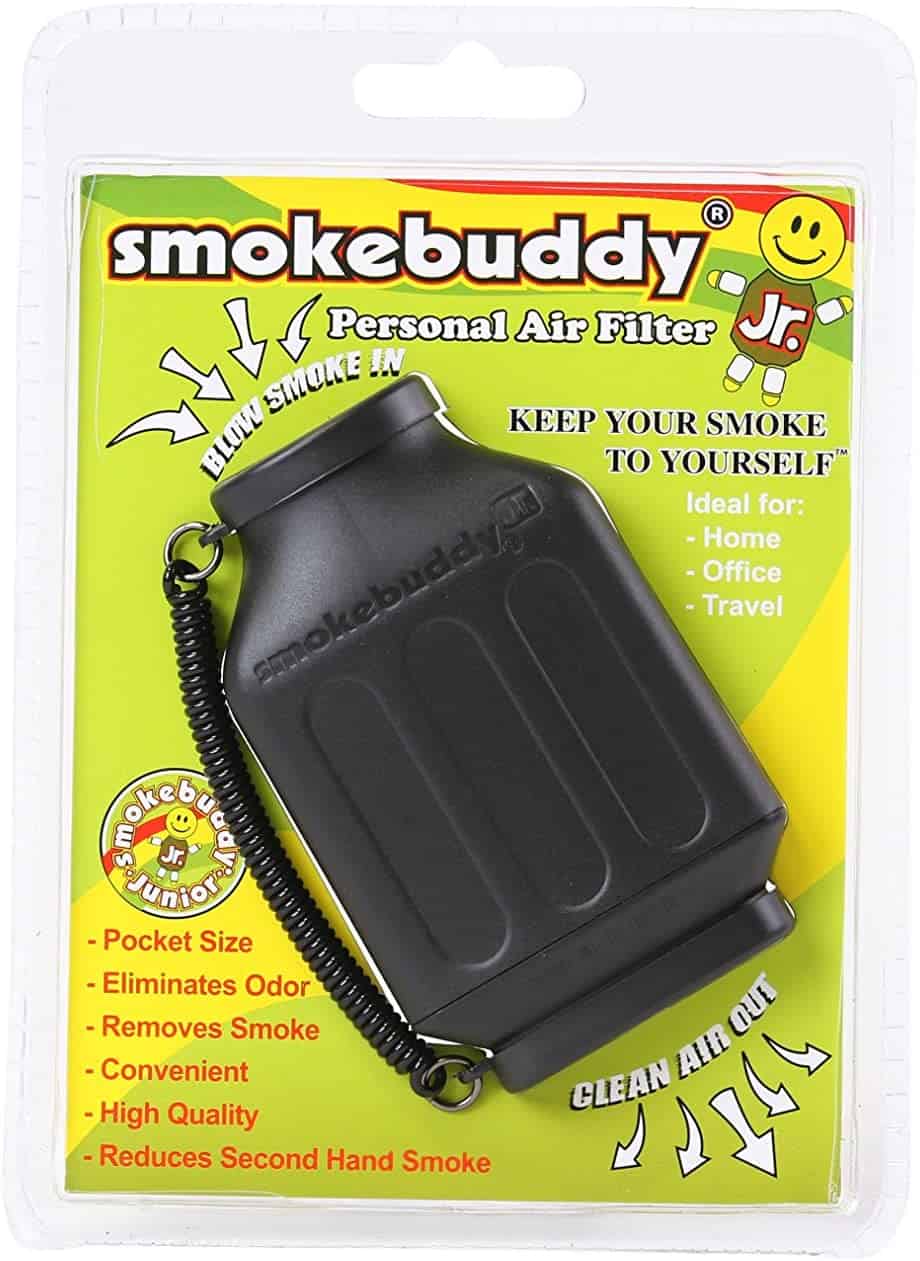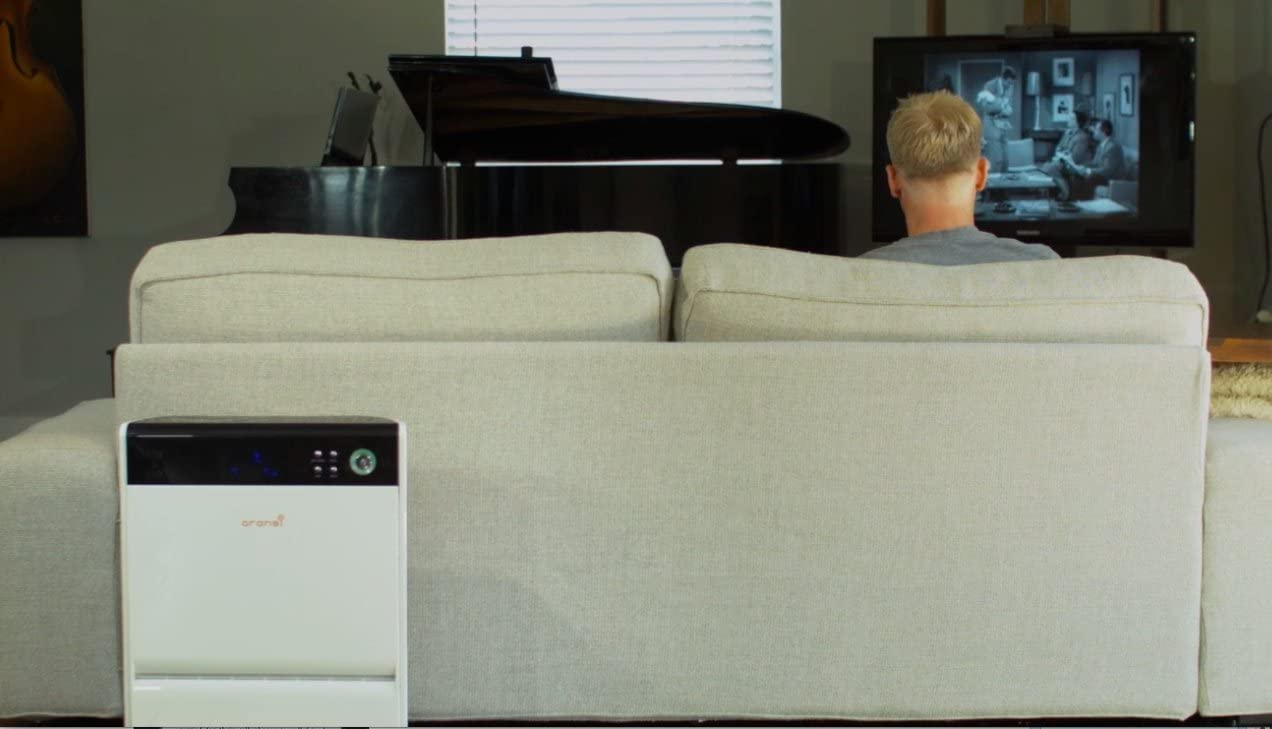If you have recently purchased an air purifier, you may be wondering about maintenance and repair. How do you perform air purifier repair? How do you know that you have purchased the best air purifier? We are here to offer some tips and guidelines when it comes to common air purifier problems.
KEY TAKEAWAYS:
- Many common issues that arise with an air purifier can be diagnosed at home without the need to call upon a professional.
- If you notice a red light on your unit, try removing the air filter, cleaning it, or replacing it.
- If your air purifier will not power on, check the power outlet to ensure it is working properly.
How do Purifiers Work?
Before you can get going on fixing or maintaining an air purifier, you should learn how they operate. A large majority of air purifiers are filter-based. These air purifiers work by using fans to pull in air, push it through a filtration mechanism, and then use another set of fans to push this purified air back into your living space.
Ionic air purifiers, on the other hand, work by releasing negatively charged ions into the room that bond with air pollutants and weigh them down to the ground. UV air purifiers work by shining highly-concentrated beams of ultraviolet light onto air pollutants, killing any germs, bacteria, or virus particles. There are some other subcategories of air purifiers, but those are the big three.
Common Air Purifier Issues and How to Fix Them
Here are some of the common repair and maintenance issues you are likely to encounter as you go about using an air purifier. We have also included some tips on how to fix these issues, though the actual process may vary depending on the make and model of your air purifier.
Red Change Filter Light
If your air purifier has suddenly started flashing a red light, that likely means that the filter is clogged and needs to be cleaned or replaced. HEPA filters should be disposed of and replaced every six months to one year, whereas electrostatic and activated carbon filters should be cleaned every month. You should follow these guidelines to the letter, as a clogged air purifier could be releasing dirty and polluted air into your living space.
Removing a filter will be an easy process. You won’t need any tools. Just open up the external housing, look for the filter, and pop it out. When it comes to HEPA filters, wear gloves and a mask as you do this, and be sure to dispose of them immediately. For reusable filters, rinse them under gently running water and wipe them down with a microfiber cloth. Give them plenty of time to dry before reinserting them back into the air purifier.
Once the filters have been replaced, you may have to reset the change filter light indicator. You can usually do this by holding the button down for five seconds or so.
If you have a reusable filter, you’ll also need to learn how to clean and reuse your filter for continued use.
Insider Tip
If your air purifier has suddenly started flashing a red light, that likely means that the filter is clogged and needs to be cleaned or replaced.
Unusual Noises During Operation
If your air purifier is making unusual noises as it operates, it is very likely being caused by a foreign object inside of the purifier itself. Open up the external housing and take a look, donning a mask and gloves beforehand. If you find an unusually large piece of debris, remove it. If you do not find any foreign objects, double-check to ensure that the filter has been installed correctly and that the housing is secured in place with a click. If the noise continues, contact the manufacturer.
Will Not Power On
If your air purifier is not powering on, the first thing you should do is check to see if it is plugged into a functioning power outlet. Try various outlets throughout your home to rule out a damaged power outlet. You should also make sure that the power outlet has the correct rating to integrate with your air purification device. If none of this helps, you may have a damaged power cord and you should contact customer support.
Reduced Airflow
If your air purifier does not seem to be creating enough airflow, check to see if it has enough clearance. Remember, air purifiers should be placed close to walls and related obstacles, as they need to have at least 15 centimeters of clearance on all sides. Additionally, this can also be caused by dirty air purifier blades or you need to clean your air purifier filter.
Insider Tip
If your air purifier is making unusual noises as it operates, it is very likely being caused by a foreign object inside of the purifier itself.
F.A.Q.
Why have an air purifier?
We spend most of our time indoors and that indoor air can be fairly unhealthy. Investing in a good air purifier will make sure that the air you breathe while you are indoors is free from pollutants.
What is an air purifier?
An air purifier is a device that works to purify the indoor air from homes and office environments. They tend to reduce the occurrence of allergens, volatile organic compounds, virus particles, bacteria, and more.
How does an air purifier work?
Air purifiers work in a number of different ways, depending on the type, make, and model.
STAT: In 2015, the global residential air purifier market had a size of about 5.97 million units. (source)

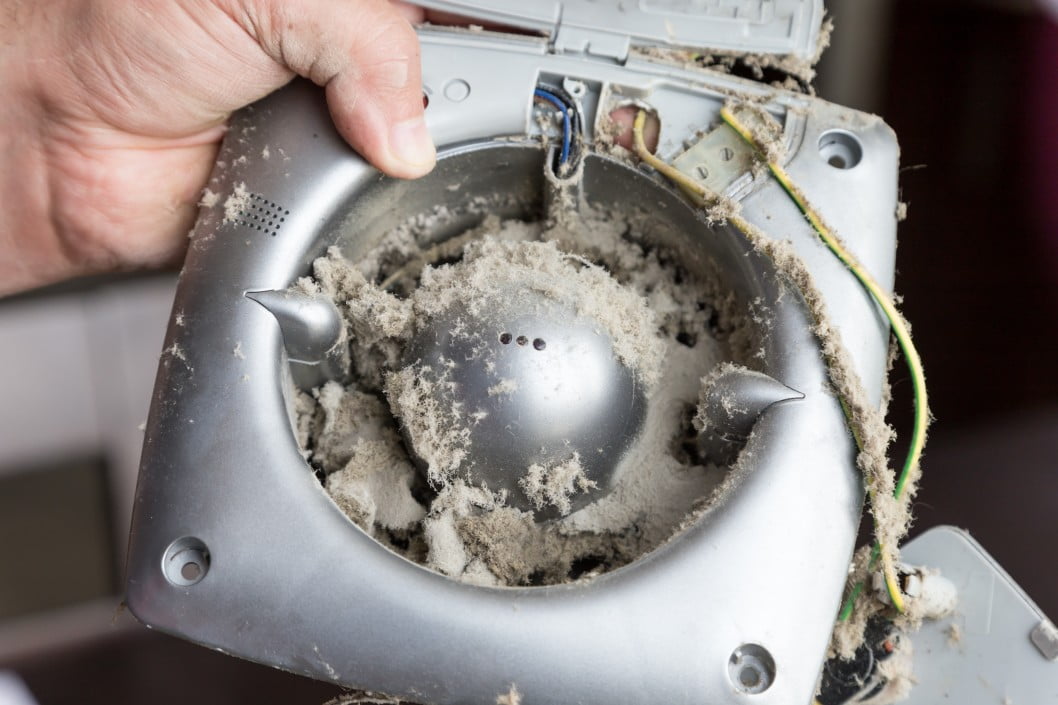













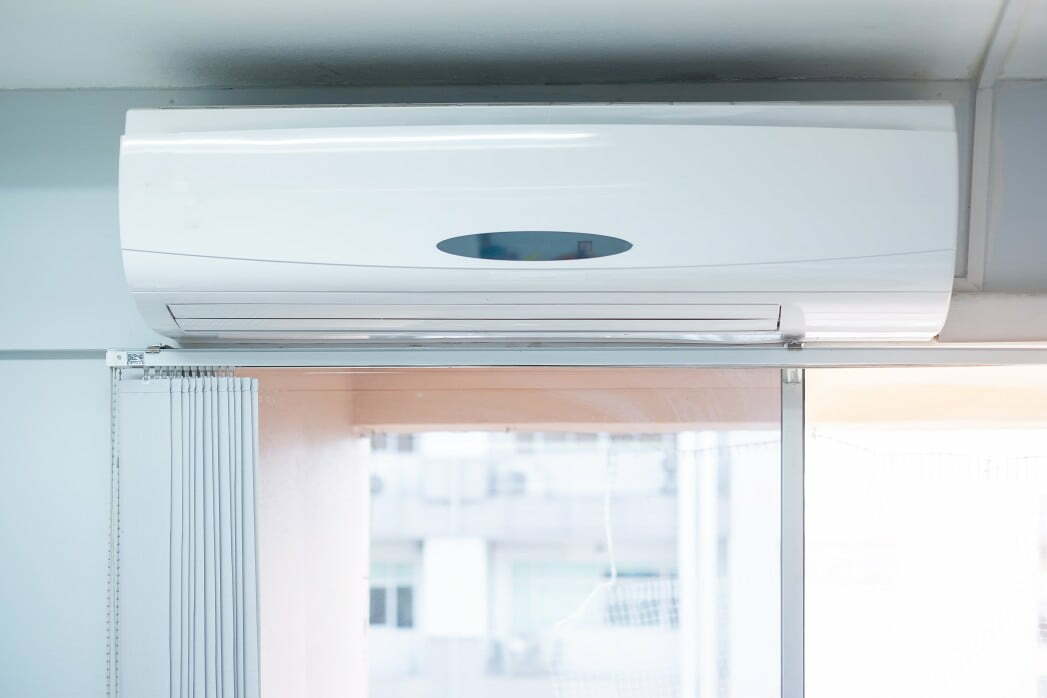
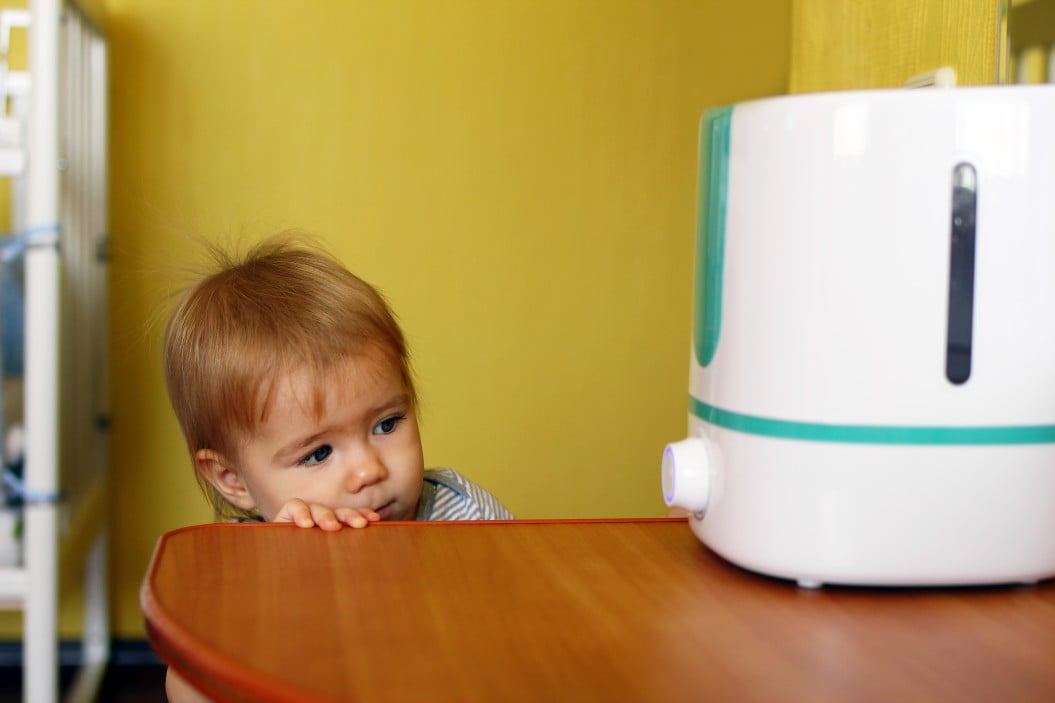
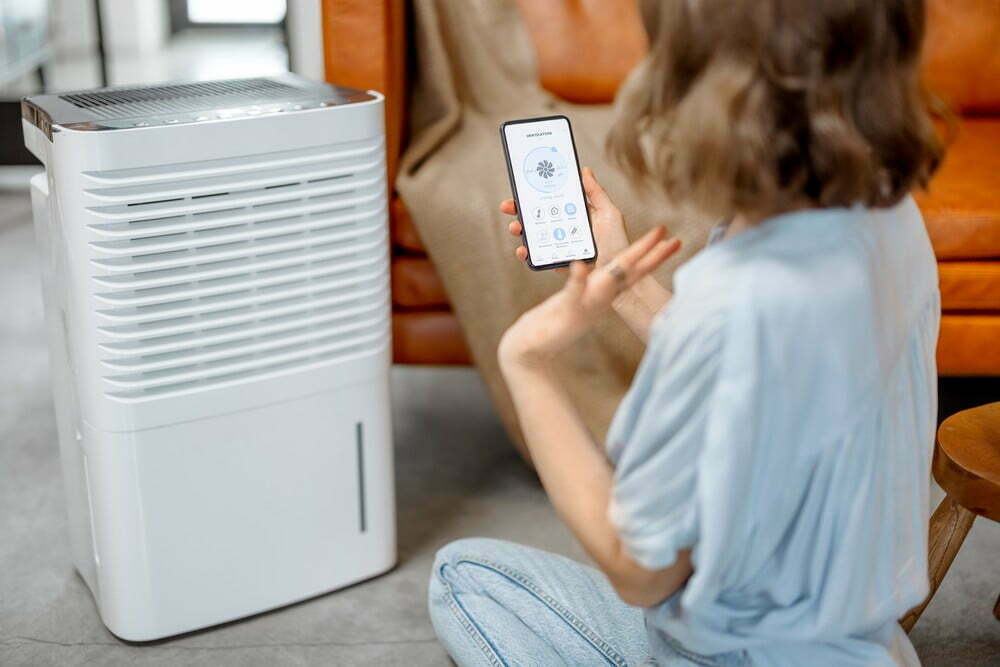
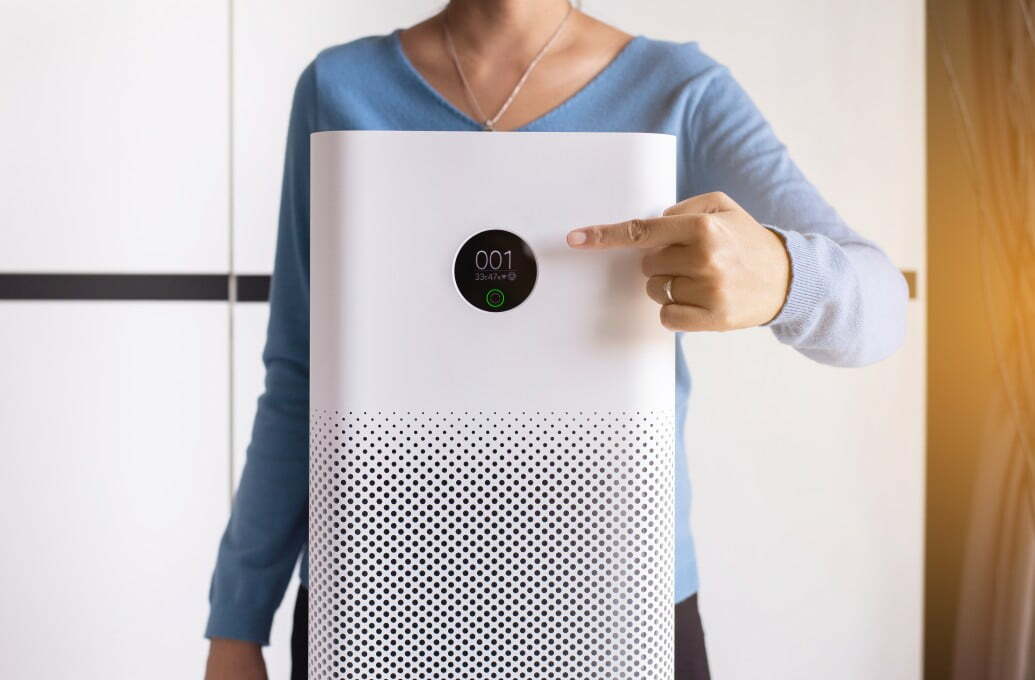
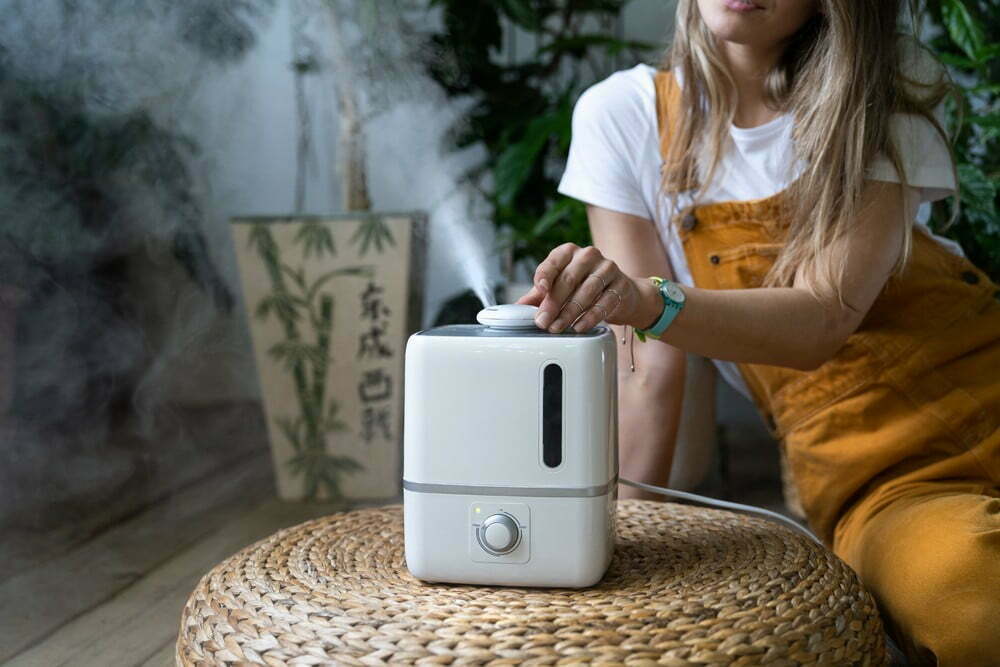
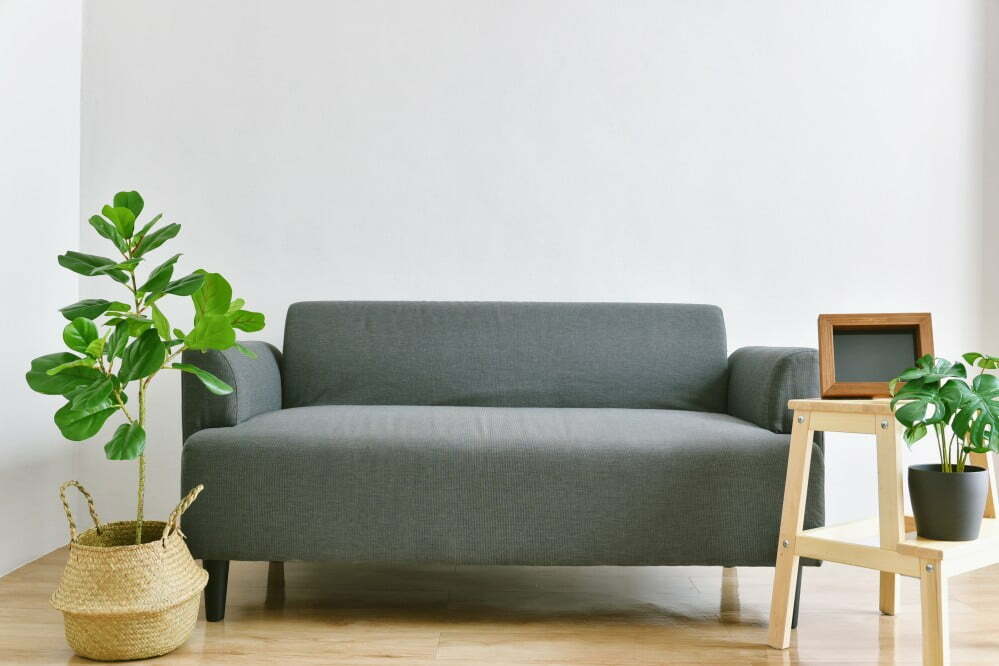

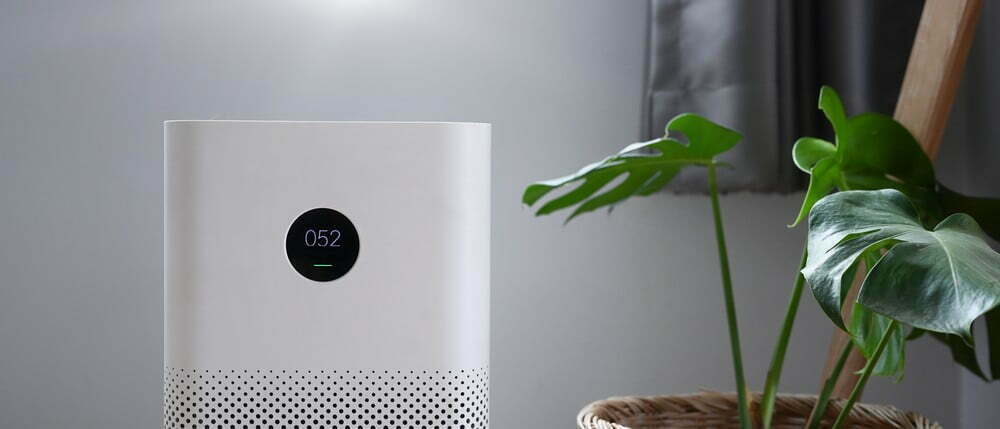
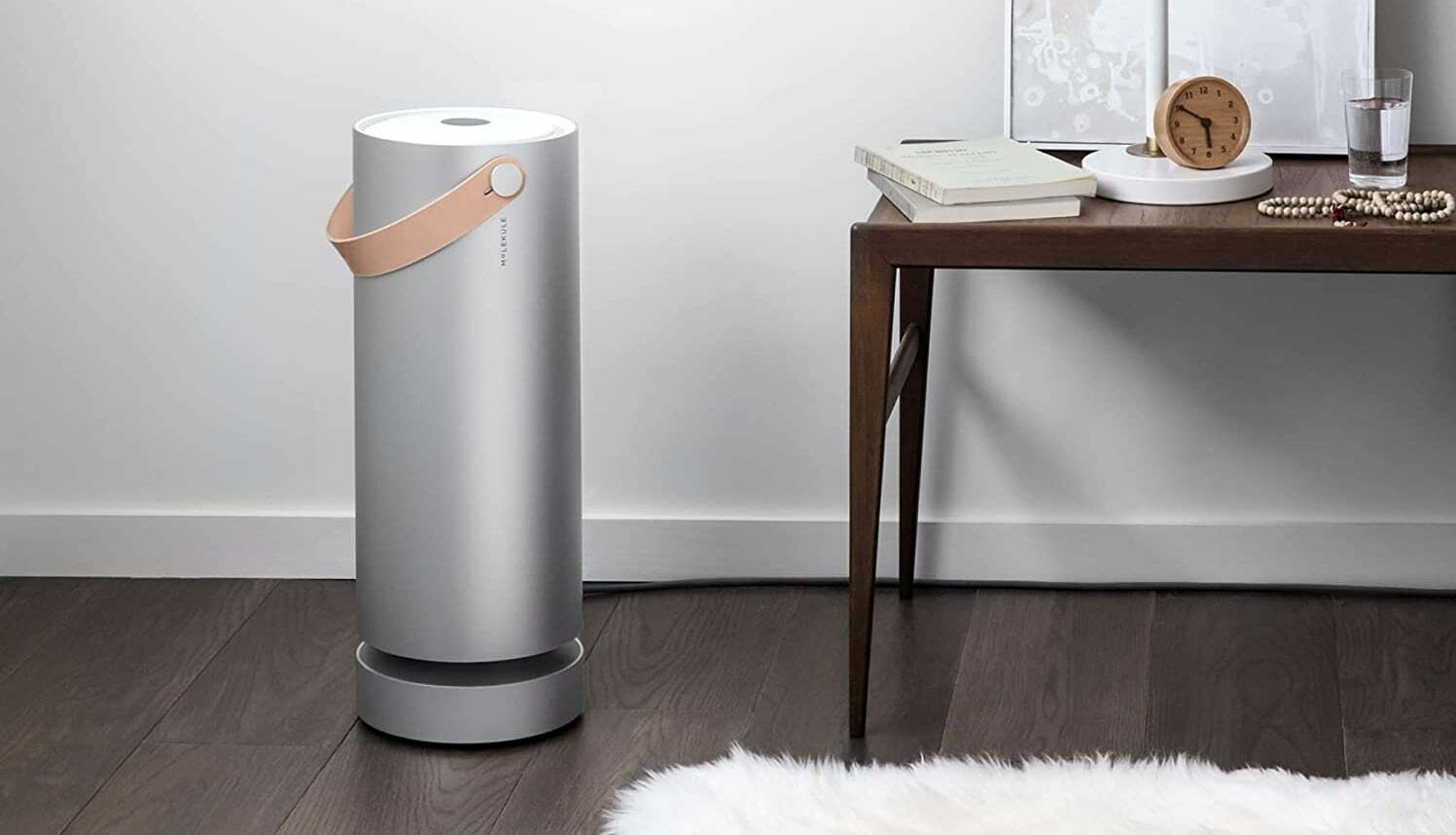
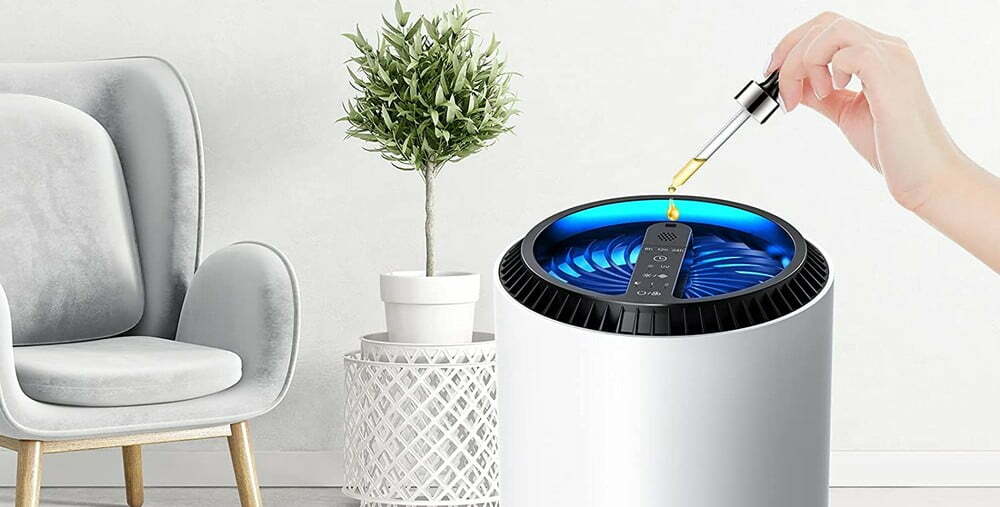
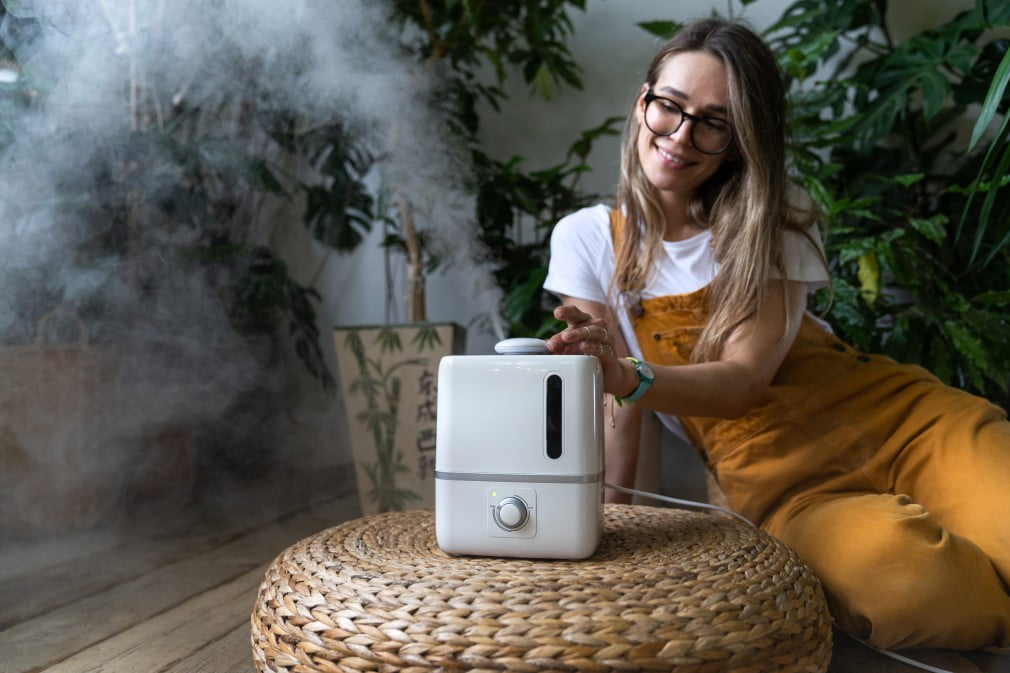
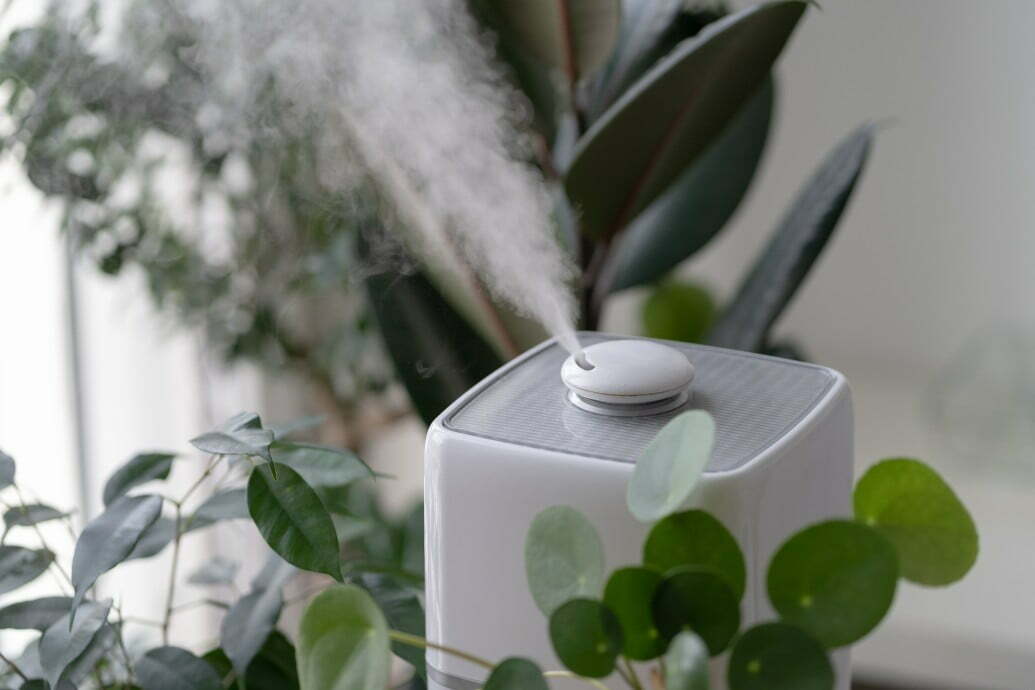
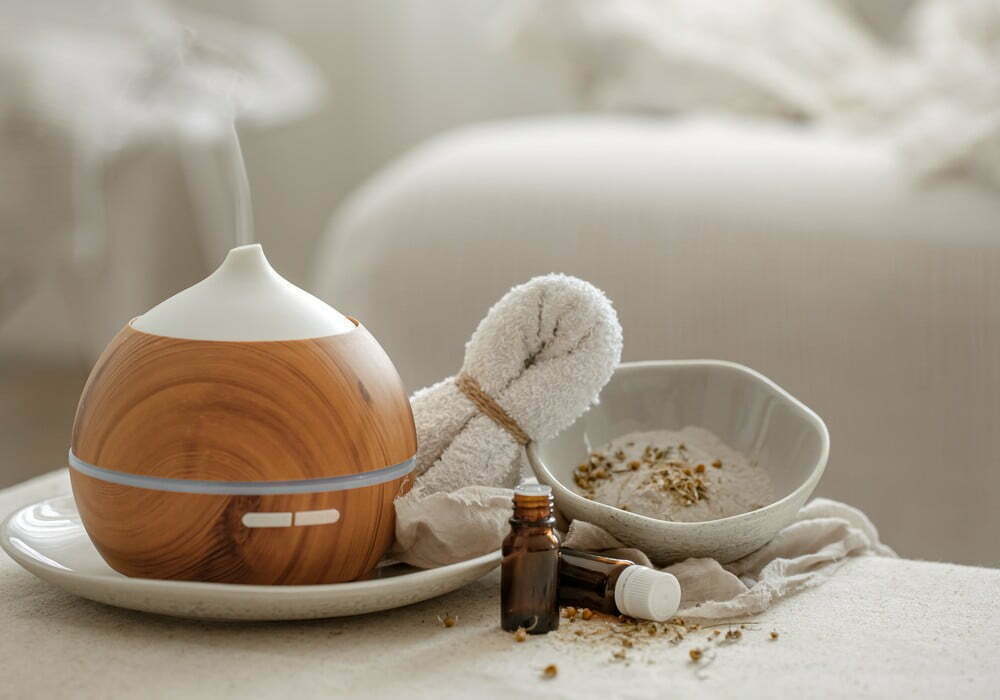
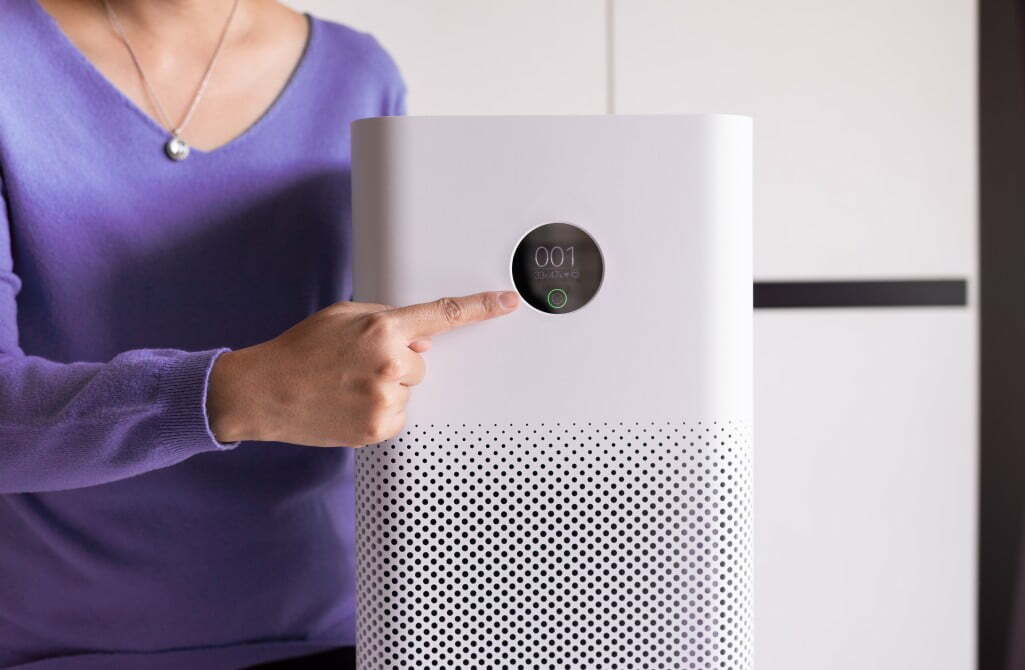
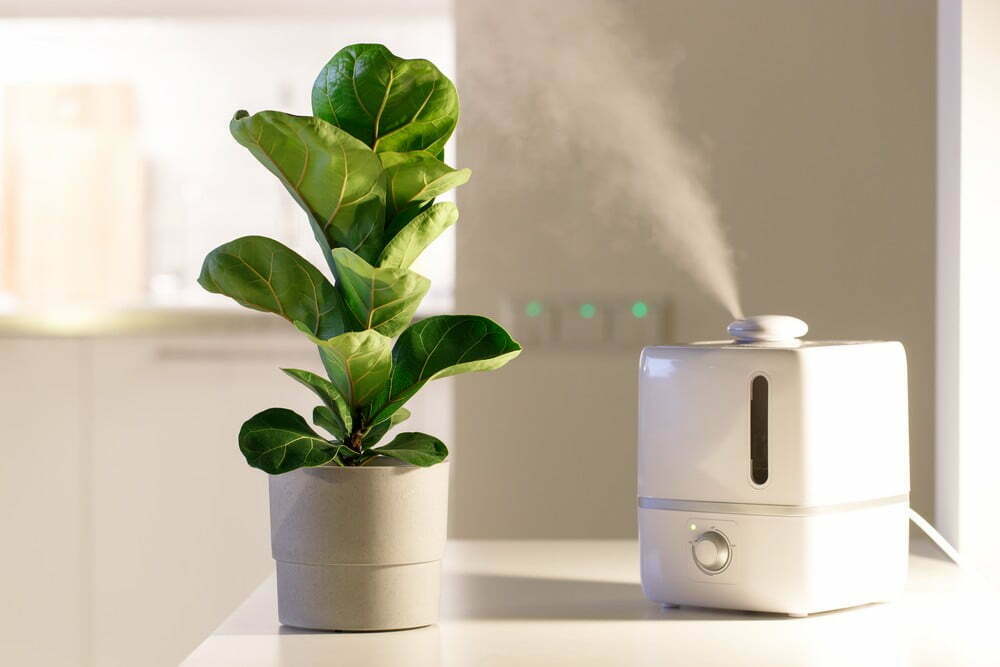
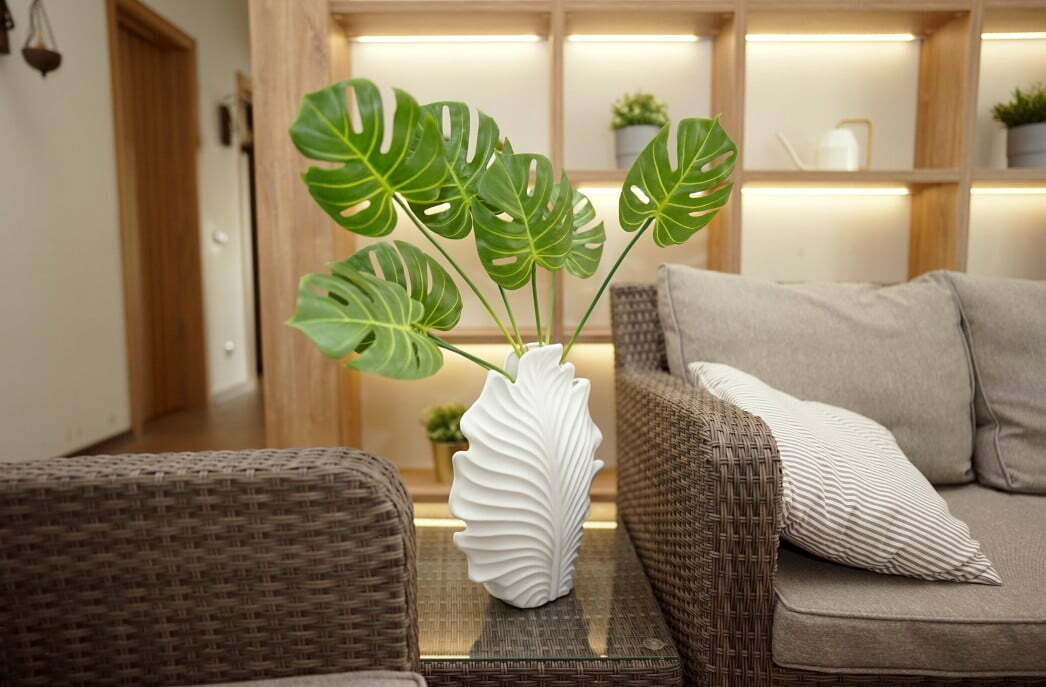
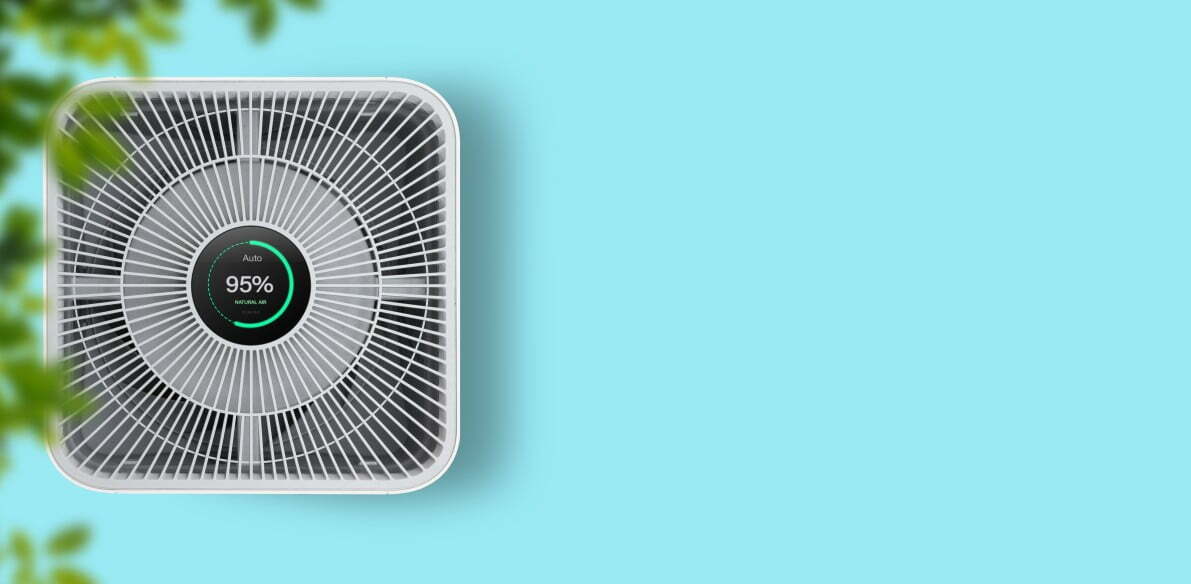
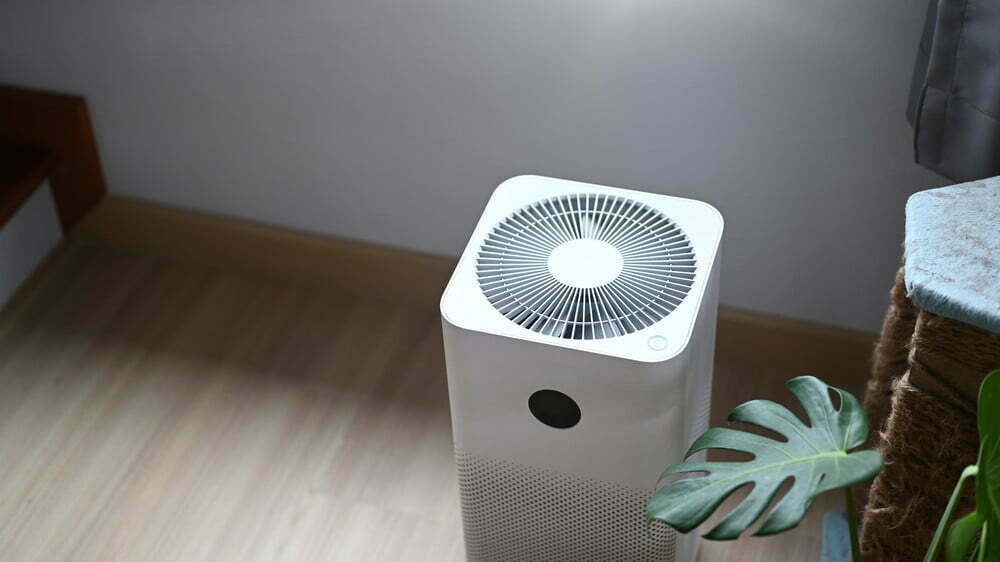
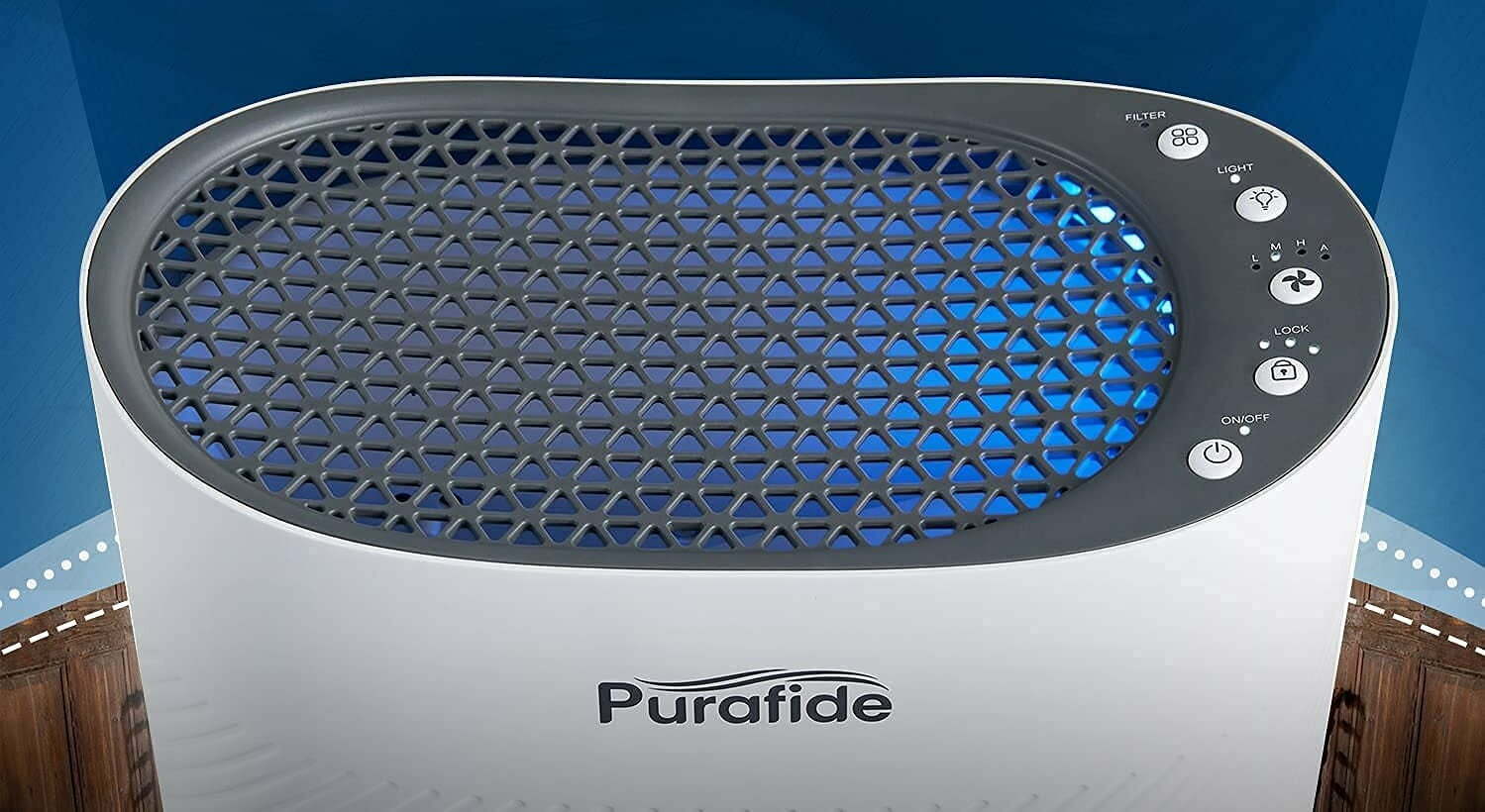
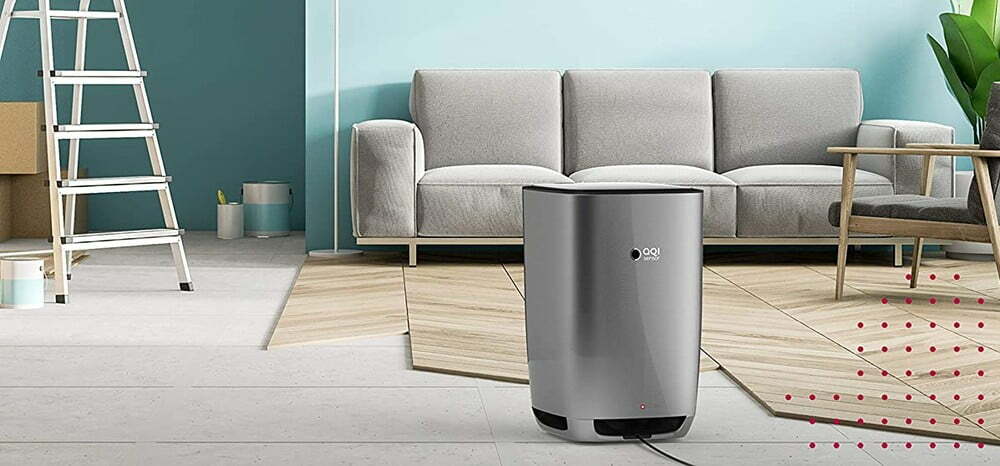
![Best Air Purifiers for VOCs and Formaldehyde in [year] 27 Best Air Purifiers for VOCs and Formaldehyde in 2026](https://www.gadgetreview.dev/wp-content/uploads/best-air-purifier-for-vocs-and-formaldehyde-image.jpg)
![Best Air Purifier in [year] ([month] Reviews) 28 Best Air Purifier in 2026 (January Reviews)](https://www.gadgetreview.dev/wp-content/uploads/Honeywell-True-HEPA-Allergen-Remover-HPA300-e1475603569442.jpg)
![Best Air Purifiers for Dust in [year] 29 Best Air Purifiers for Dust in 2026](https://www.gadgetreview.dev/wp-content/uploads/best-air-purifier-for-dust-image.jpg)
![Best Honeywell Air Purifiers in [year] 30 Best Honeywell Air Purifiers in 2026](https://www.gadgetreview.dev/wp-content/uploads/best-honeywell-air-purifier-image.jpg)
![Best Germicidal Air Purifiers in [year] 31 Best Germicidal Air Purifiers in 2026](https://www.gadgetreview.dev/wp-content/uploads/best-germicidal-air-purifier-image.jpg)
![Best Filterless Air Purifiers in [year] 32 Best Filterless Air Purifiers in 2026](https://www.gadgetreview.dev/wp-content/uploads/best-filterless-air-purifier-image.jpg)
![Best Levoit Air Purifiers in [year] 33 Best Levoit Air Purifiers in 2026](https://www.gadgetreview.dev/wp-content/uploads/best-levoit-air-purifier-image.jpg)
![Best Air Purifiers for Smoking Weed in [year] 34 Best Air Purifiers for Smoking Weed in 2026](https://www.gadgetreview.dev/wp-content/uploads/best-air-purifier-for-smoking-weed-image.jpg)
![Best Quiet Air Purifiers in [year] 35 Best Quiet Air Purifiers in 2026](https://www.gadgetreview.dev/wp-content/uploads/best-quiet-air-purifier-image.jpg)
![Best Desktop Air Purifiers in [year] 36 Best Desktop Air Purifiers in 2026](https://www.gadgetreview.dev/wp-content/uploads/best-desktop-air-purifier.jpg)
![Best Dyson Air Purifiers in [year] 37 Best Dyson Air Purifiers in 2026](https://www.gadgetreview.dev/wp-content/uploads/best-dyson-air-purifier.jpg)
![Best Air Purifiers for Dorm Room in [year] 38 Best Air Purifiers for Dorm Room in 2026](https://www.gadgetreview.dev/wp-content/uploads/air-purifier-for-dorm-room-1.jpg)
![Best Air Purifiers for Office in [year] 39 Best Air Purifiers for Office in 2026](https://www.gadgetreview.dev/wp-content/uploads/best-air-purifier-for-office.jpg)
![Best Air Purifiers for Basement in [year] 40 Best Air Purifiers for Basement in 2026](https://www.gadgetreview.dev/wp-content/uploads/best-air-purifier-for-basement.jpg)
![Best Air Purifiers For Odor in [year] 41 Best Air Purifiers For Odor in 2026](https://www.gadgetreview.dev/wp-content/uploads/best-air-purifier-odor.jpg)
![10 Best Personal Air Purifiers in [year] 42 10 Best Personal Air Purifiers in 2026](https://www.gadgetreview.dev/wp-content/uploads/best-personal-air-purifiers.jpg)
![10 Best Plug In Air Purifiers in [year] 43 10 Best Plug In Air Purifiers in 2026](https://www.gadgetreview.dev/wp-content/uploads/best-plug-in-air-purifier-image.jpg)
![10 Best Whole House Air Purifiers in [year] 44 10 Best Whole House Air Purifiers in 2026](https://www.gadgetreview.dev/wp-content/uploads/best-whole-house-air-purifier-image.jpg)
![10 Best Large Room Air Purifiers in [year] 45 10 Best Large Room Air Purifiers in 2026](https://www.gadgetreview.dev/wp-content/uploads/Coway-Airmega-200M-Large-Room-Air-Purifier-900x900-1.png)
![10 Best UV Air Purifiers in [year] 46 10 Best UV Air Purifiers in 2026](https://www.gadgetreview.dev/wp-content/uploads/best-uv-air-purifier.jpg)
